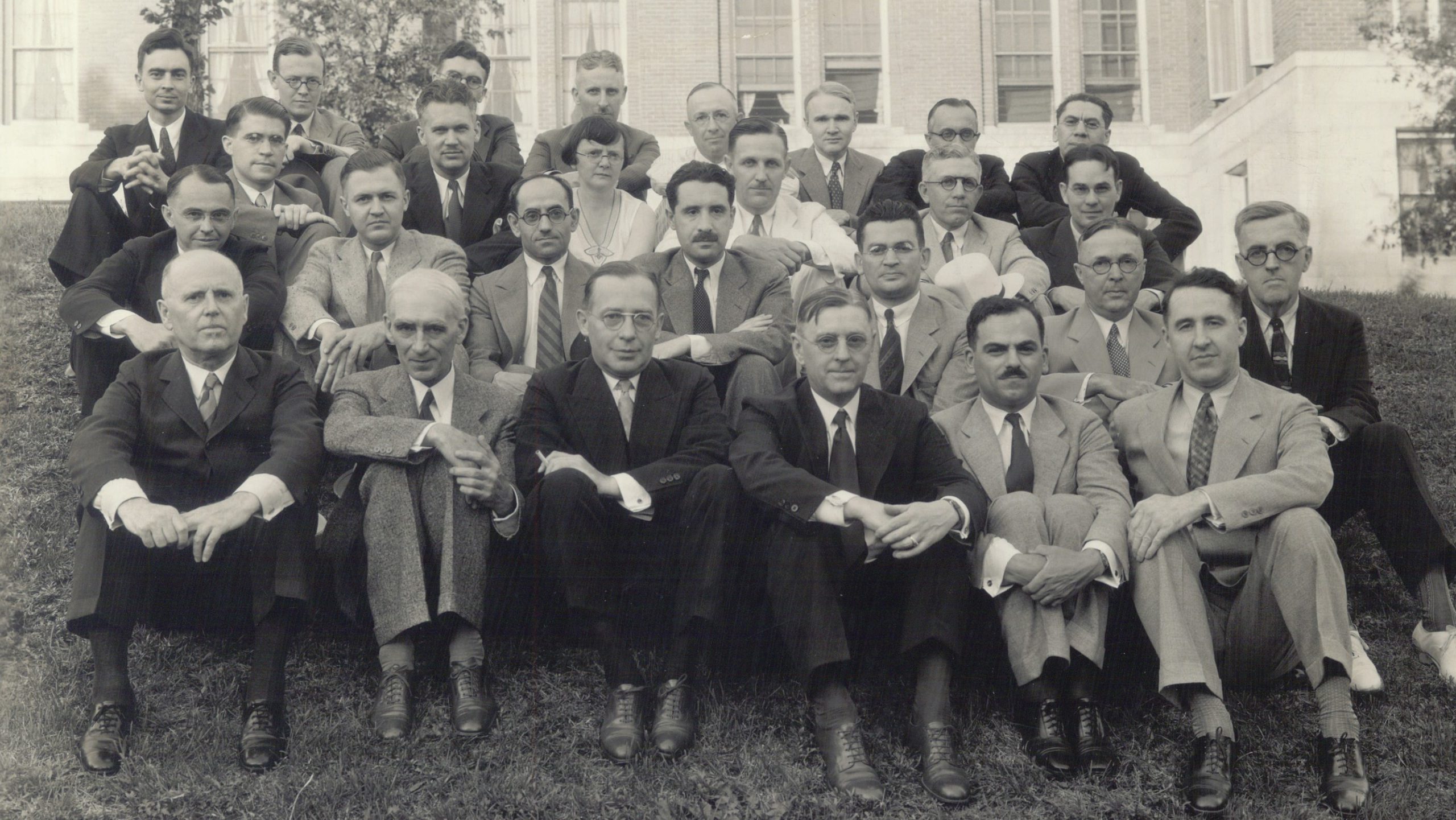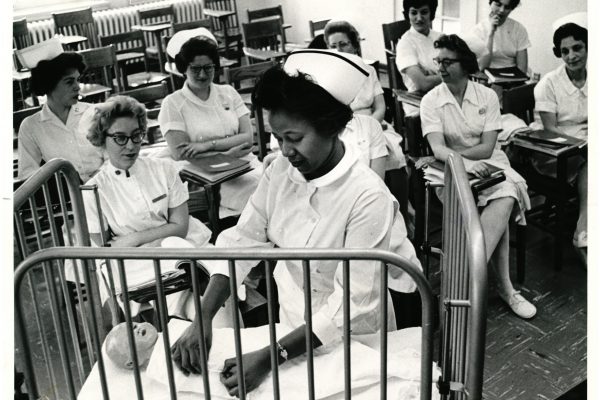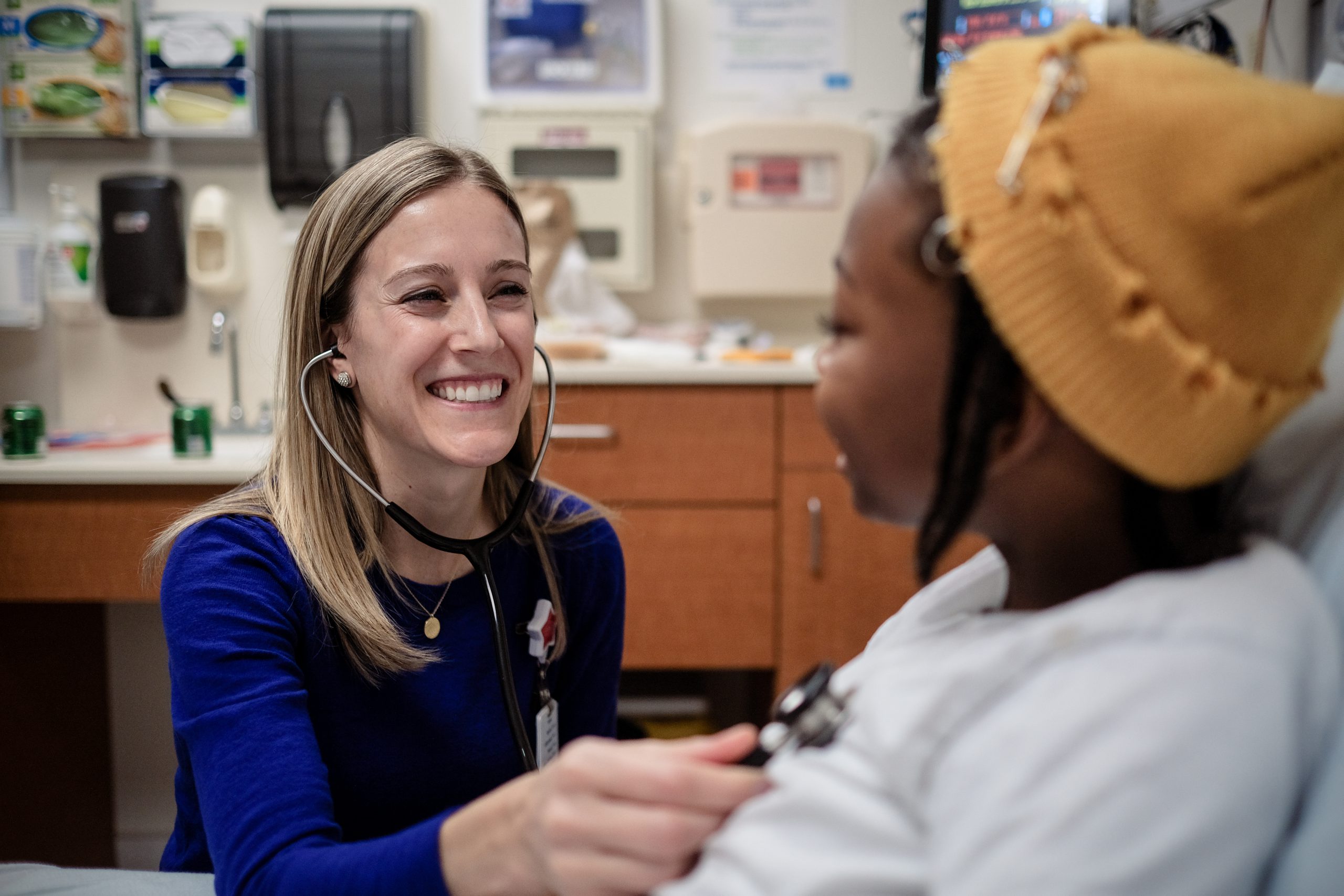We’re celebrating our 100th anniversary this year at Children’s Minnesota. A birthday like this deserves attention. It’s an opportunity to do some important things:
- Celebrate our legacy; the collective impact we’ve had on children’s health over an entire century.
- Express gratitude to all the people who’ve made our work helping kids possible: our staff, patients and families, donors and community partners.
- Take stock of where we are now and where we’re headed. What will children and families need from us in the future?
- Learn about our history and also learn from our history.




